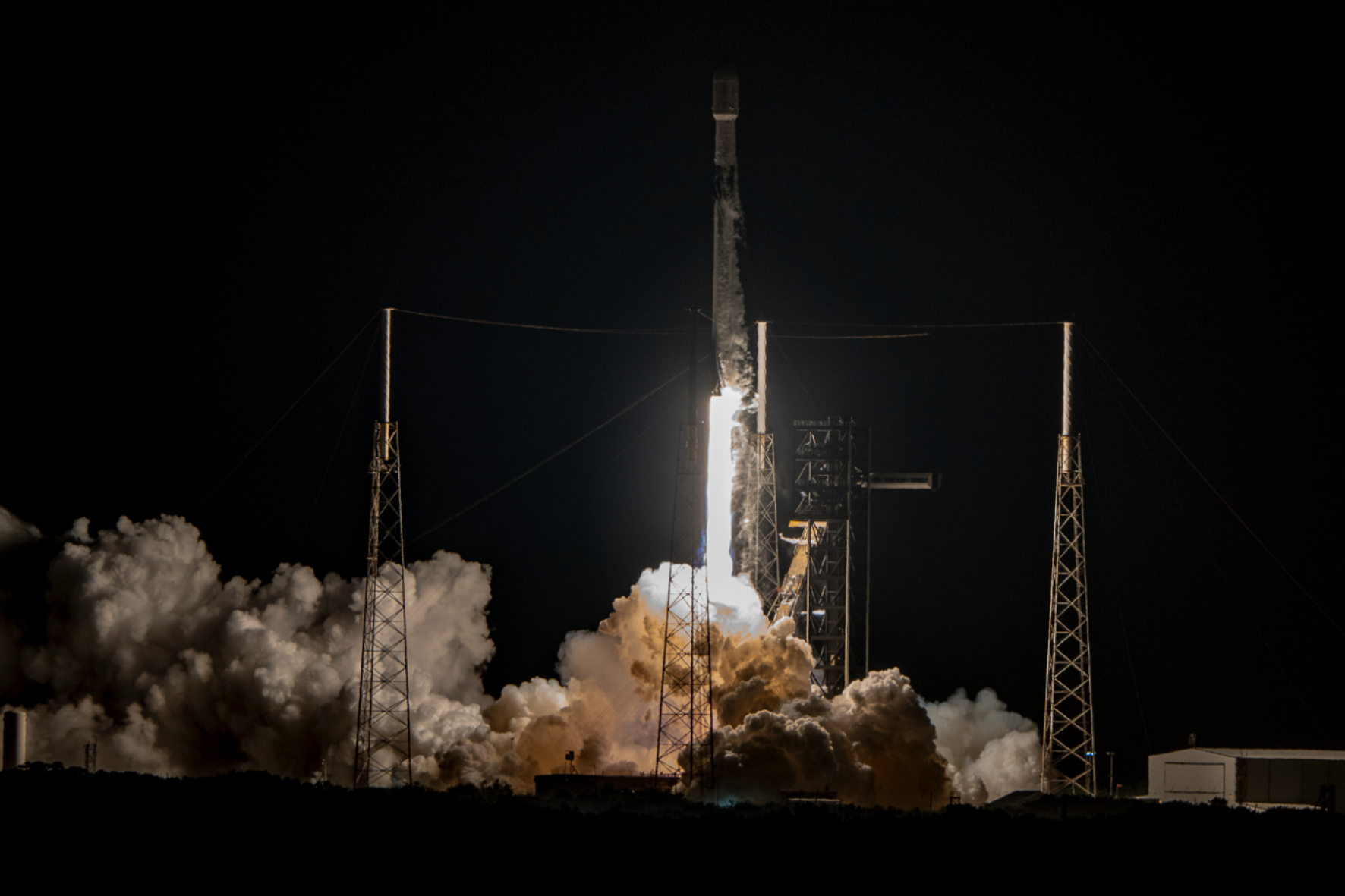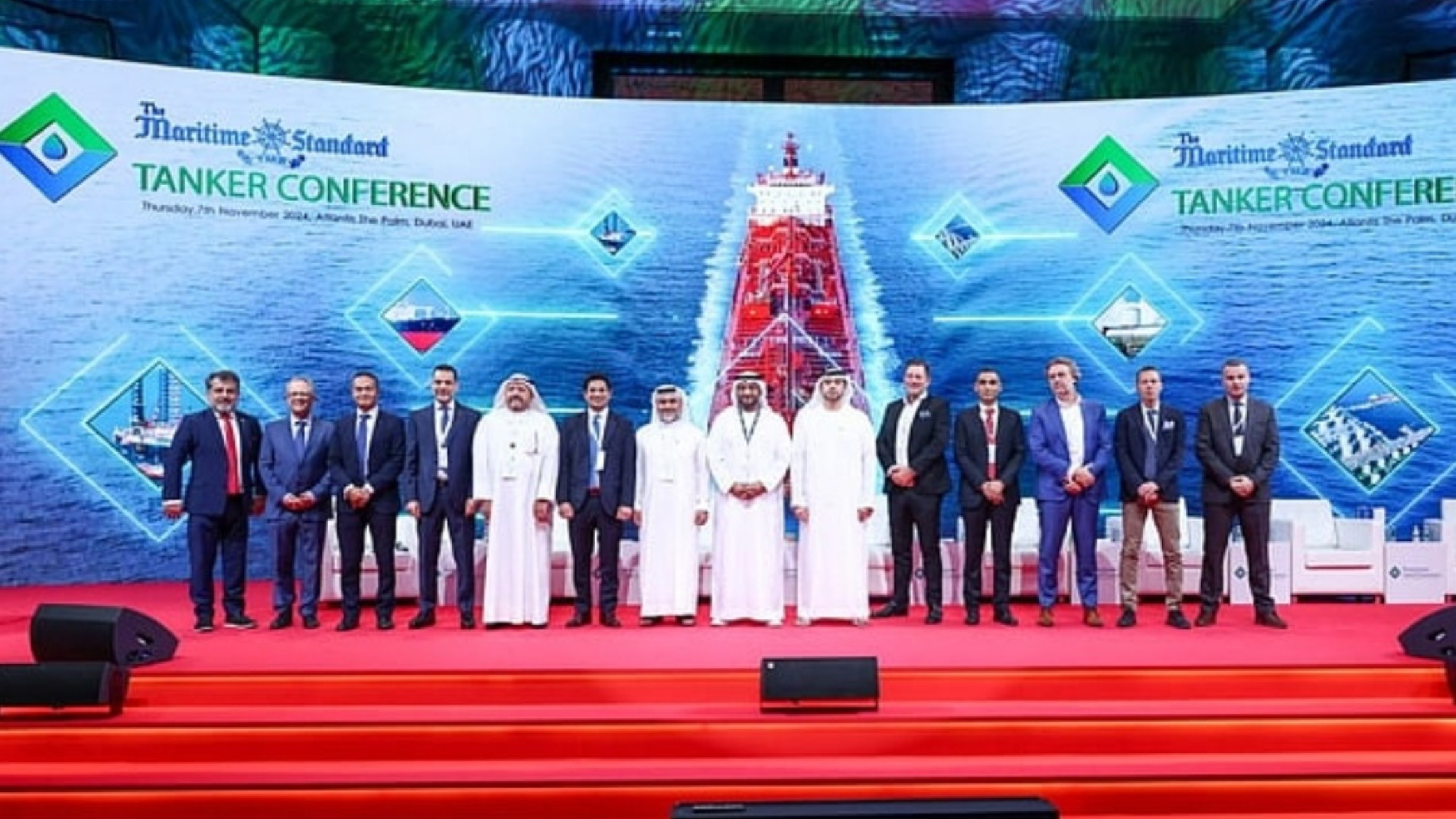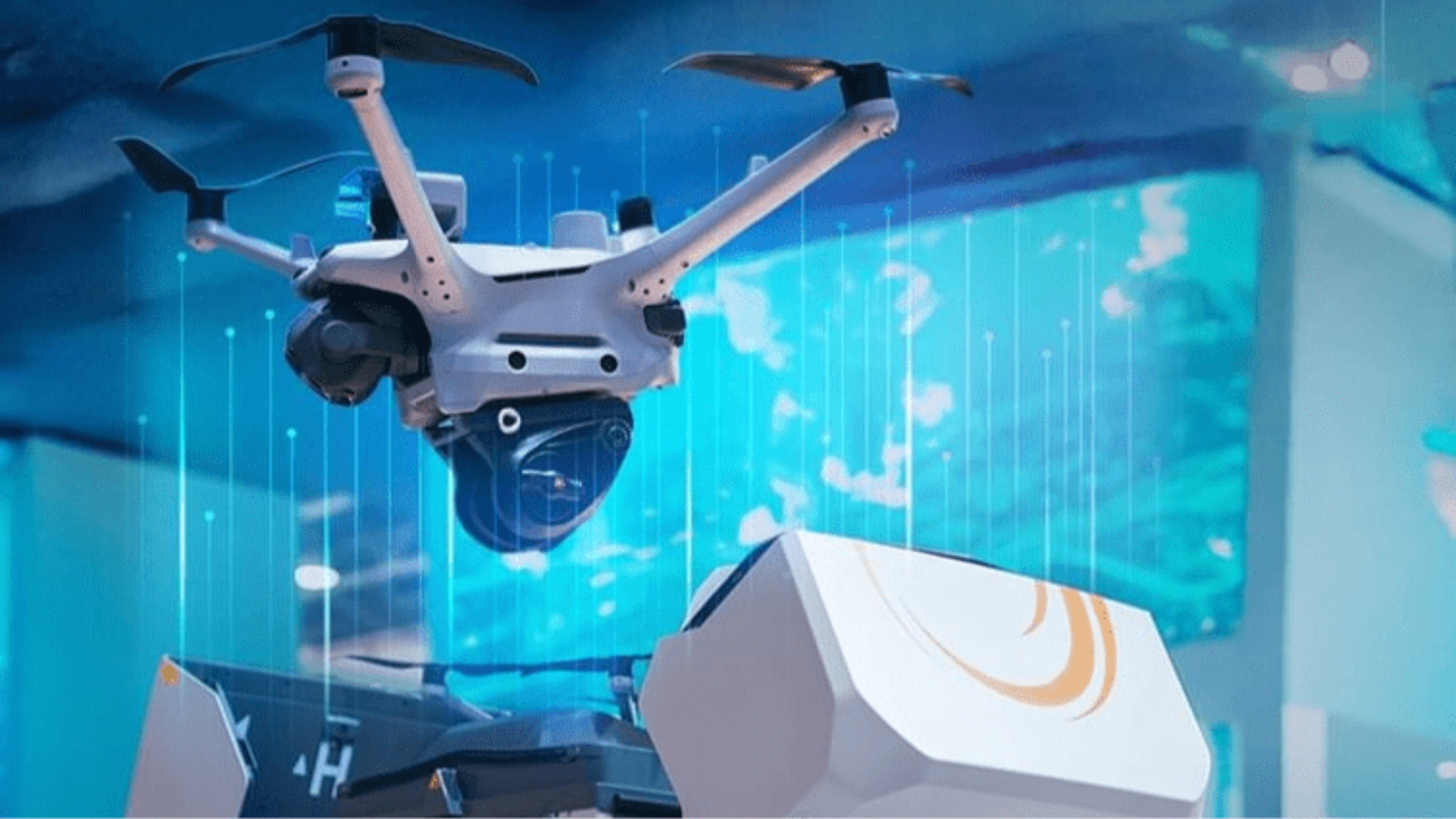SpaceX Launches 26 Starlink Satellites from Vandenberg

SpaceX continues to redefine the modern era of orbital launches with its latest achievement. On Monday, June 16, SpaceX successfully launched 26 Starlink V2 Mini satellites into low Earth orbit. The launch was conducted from Space Launch Complex 4 East (SLC-4E) at Vandenberg Space Force Base in California, taking place at precisely 8:36 p.m. PDT (11:36 p.m. EDT, or 0336 UTC on June 17). This mission, designated Starlink 15-9, adds significantly to the company’s ever-growing Starlink satellite constellation.
This launch also marked the 200th orbital mission from SLC-4E, a historic achievement that emphasizes Vandenberg’s critical role in United States space activities over decades. The rocket used for this mission was the Falcon 9 booster B1093, now on its third flight, having previously supported Starlink 11-11 and Starlink 15-5 missions.
Booster Reuse And Recovery Strategy Continues To Succeed
A defining feature of SpaceX’s mission profile remains its commitment to reusability. Approximately eight minutes after liftoff, the Falcon 9 booster B1093 made a successful landing on the autonomous droneship “Of Course I Still Love You,” stationed in the Pacific Ocean. This marked the 137th recovery on that particular platform and the 463rd successful booster landing in the company’s operational history.
This successful landing not only reduces the cost of future launches but also contributes to environmental sustainability and launch cadence. Each reused booster enhances the company’s ability to conduct frequent and economically viable launches, a core pillar of SpaceX’s operational philosophy.
SLC-4E: From Military Roots To Commercial Stature
Vandenberg Space Force Base’s SLC-4E has grown significantly from its early roots. Originally commissioned in May 1964, the site was part of the Air Force Western Test Range and initially hosted Atlas-Agena rockets. Over time, it transitioned to support Titan rocket launches up until 2005.
Of the 199 orbital missions preceding this one, 131 were Falcon 9 launches, underlining how integral SpaceX has become to the facility. The usage of this site has not only increased but also evolved, as commercial entities like SpaceX contribute to the space economy from historically military installations.
Expansion Plans: SpaceX Eyes SLC-6 For More Missions
Given the increasing frequency of launches, SpaceX is in the process of reviewing potential expansion plans. The company aims to acquire the neighboring Space Launch Complex 6 (SLC-6) to broaden its launch capabilities. This acquisition would potentially allow the company to execute more Falcon 9 and Falcon Heavy missions from the West Coast.
Expanding operations to SLC-6 would complement current activities at SLC-4E and improve the company’s ability to meet growing demand, particularly for satellite deployment missions like Starlink. The move is also indicative of the company’s long-term vision to create a more resilient and flexible launch infrastructure.
Starlink 15-9: Building A Global High-Speed Internet Network
The 26 satellites launched in the Starlink 15-9 mission are part of SpaceX’s second-generation, or V2 Mini, satellite design. These satellites are critical to expanding the Starlink constellation’s capability, aiming to provide high-speed internet access across the globe.
The Starlink initiative primarily targets underserved and remote areas where conventional infrastructure for high-speed internet is difficult to deploy. With each new batch, the network’s coverage and reliability improve, contributing to digital inclusion and connectivity on a global scale.
Starlink has already shown promising results in multiple regions, including rural communities and areas recovering from natural disasters. The additional satellites will further enhance the service’s ability to provide low-latency internet for essential services such as education, telehealth, and commerce.
Increasing Frequency And Strategic Mission Execution
SpaceX’s mission cadence continues to rise, with frequent launches occurring from both the East and West coasts of the United States. Vandenberg’s western location is particularly suited for deploying satellites into polar or sun-synchronous orbits, which are beneficial for Earth observation and global communications.
The strategic use of various launch sites allows SpaceX to better manage its mission logistics and reduce downtime between launches. The ability to conduct back-to-back launches and reuse boosters efficiently reflects SpaceX’s operational sophistication and technological reliability.
Engineering Behind Falcon 9 And Starlink V2 Mini Satellites
The Falcon 9 rocket used in the Starlink 15-9 mission exemplifies SpaceX’s technological precision. Designed to transport payloads reliably and return safely, Falcon 9 remains the cornerstone of SpaceX’s commercial operations. Its first and second stages operate with precise coordination, allowing satellites to be deployed with high accuracy.
The V2 Mini satellites themselves are more powerful than their predecessors. They feature advanced phased-array antennas and more efficient power systems, allowing them to handle increased data throughput. These improvements are central to SpaceX’s vision of delivering high-quality broadband globally.
Vandenberg’s Legacy And Future In Commercial Spaceflight
SLC-4E’s transformation from a Cold War-era military launch pad into a bustling commercial site represents broader trends in global spaceflight. With increasing participation from private companies, traditional military bases like Vandenberg are being reimagined as dual-use facilities that support both defense and civilian needs.
This dual-use model enhances the strategic importance of such launch sites, providing redundancy and flexibility for a growing space economy. SpaceX’s reliance on Vandenberg reflects not just geographical advantage, but also regulatory support and evolving public-private partnerships.
Broader Impact Of Starlink On Global Infrastructure
The implications of Starlink’s growth go beyond convenience. Reliable internet access is now widely acknowledged as a fundamental utility. For many developing areas, Starlink’s satellite-based service may offer the first reliable connection to the digital world.
Beyond civilian use, Starlink also has implications for scientific research, environmental monitoring, and emergency response systems. The global satellite network can enable real-time communications in areas previously out of reach.
With more satellites being added, network stability improves, reducing latency and improving the user experience. The scalability of this model means that, in the long term, Starlink could become an essential layer in the global internet infrastructure.
Looking Ahead: Sustained Growth In Satellite Connectivity
With each launch, SpaceX solidifies its position as a major player in satellite connectivity. The continual improvements in satellite design, coupled with efficient launch operations, suggest that the pace of deployment will only accelerate in the coming years.
As more regions come online and bandwidth demand increases globally, services like Starlink will play a larger role in shaping how communities connect, communicate, and innovate. This model of low-Earth-orbit internet provision could also influence future interplanetary communication frameworks.
SpaceX’s sustained focus on cost reduction, reusability, and scalability positions it well to remain a leader in this domain. As policies and international standards evolve, the challenge will be to maintain this growth responsibly, minimizing orbital debris and ensuring space sustainability.
A New Era In Satellite-Based Global Connectivity
The Starlink 15-9 mission is not just another satellite launch—it is part of a larger movement toward a connected world powered by space-based infrastructure. With its successful deployment, SpaceX has reaffirmed its commitment to innovation, accessibility, and sustainability.
As the company looks to expand its footprint at Vandenberg and potentially take over new launch complexes, it reinforces the reality that space is no longer the exclusive domain of government agencies. Instead, it is a shared arena where commercial interests are aligned with global needs.
The mission’s success highlights how advanced technology, when paired with strategic vision, can reshape connectivity for millions across the globe. With every launch, the dream of a universally connected Earth inches closer to becoming reality.








1 Comment
[…] Gen1 Starlink constellation consists of 4,408 low Earth orbit satellites positioned between 540 and 570 kilometers above the Earth’s surface. These satellites together […]
Comments are closed.